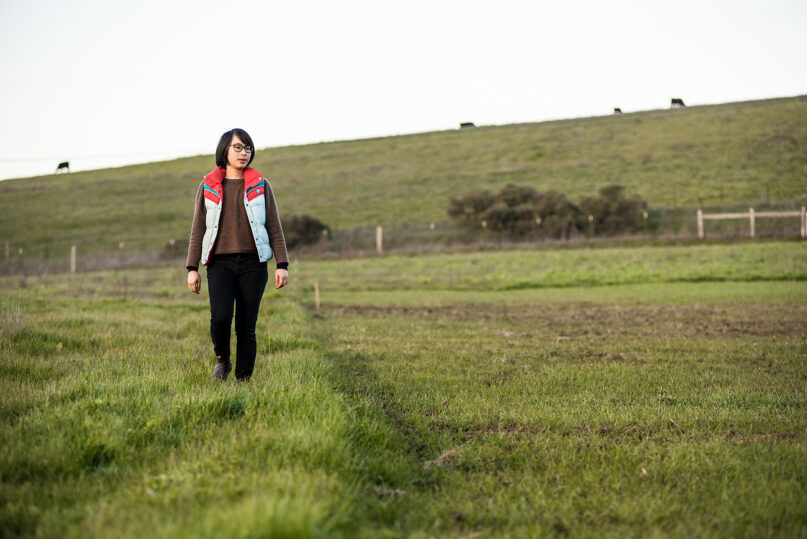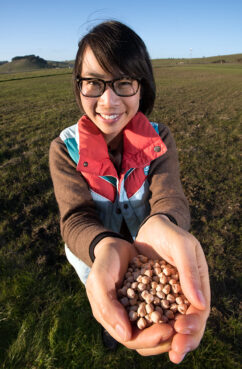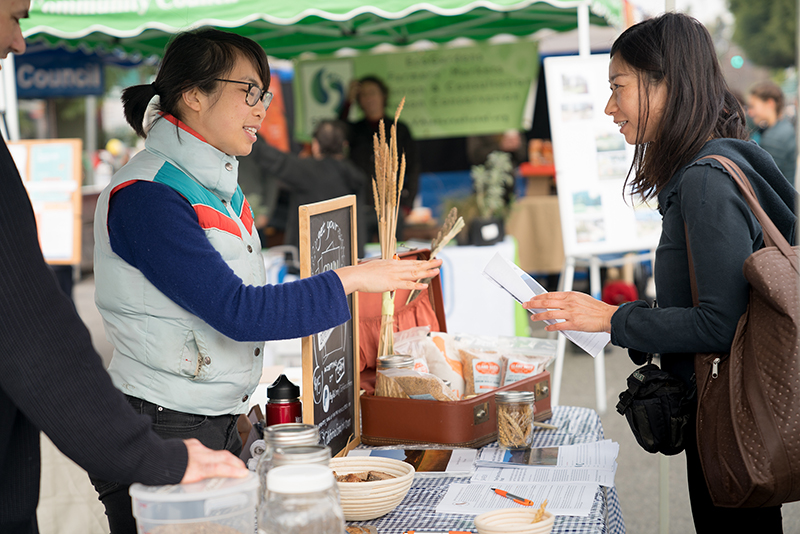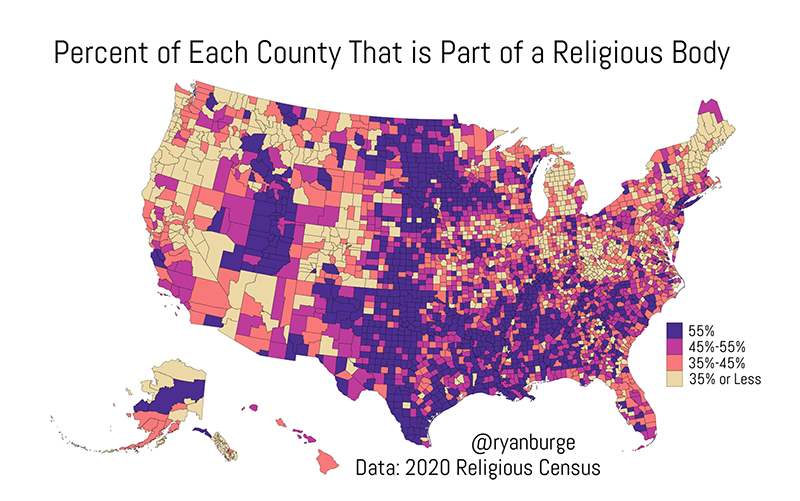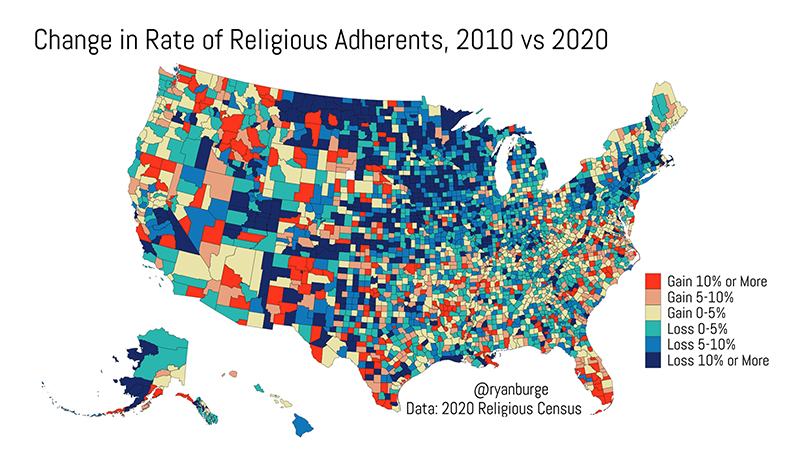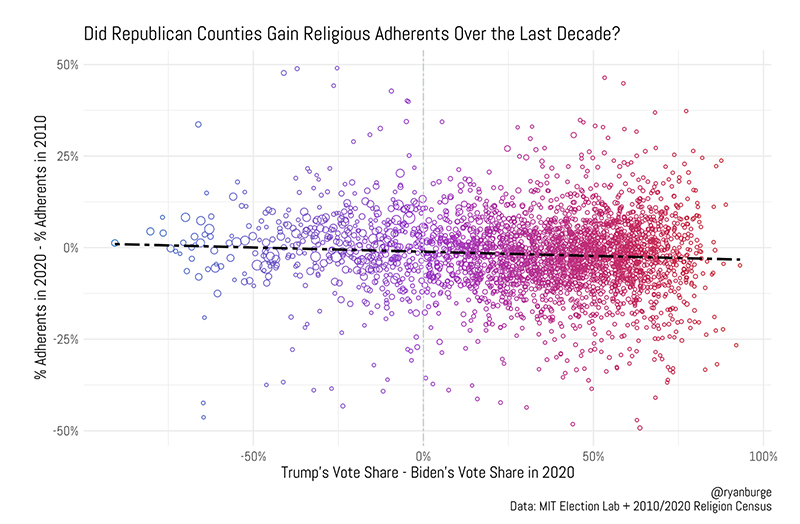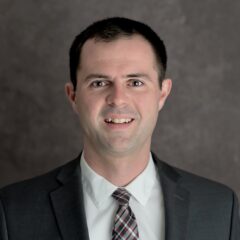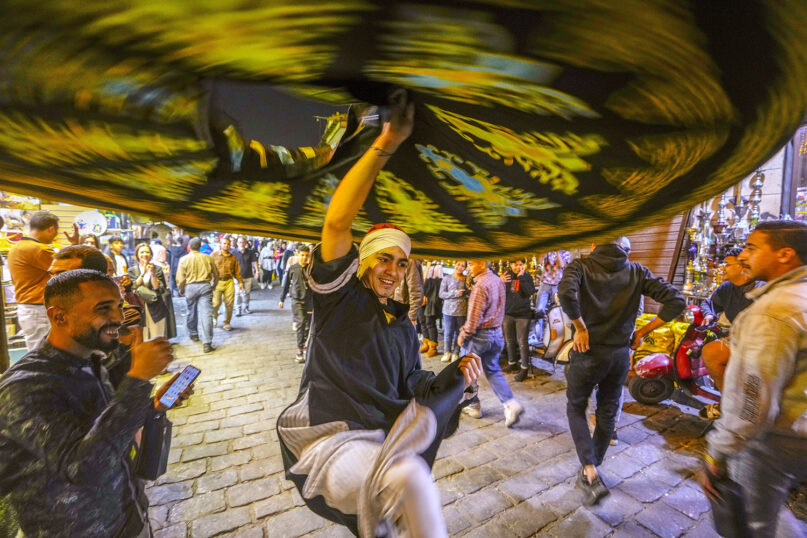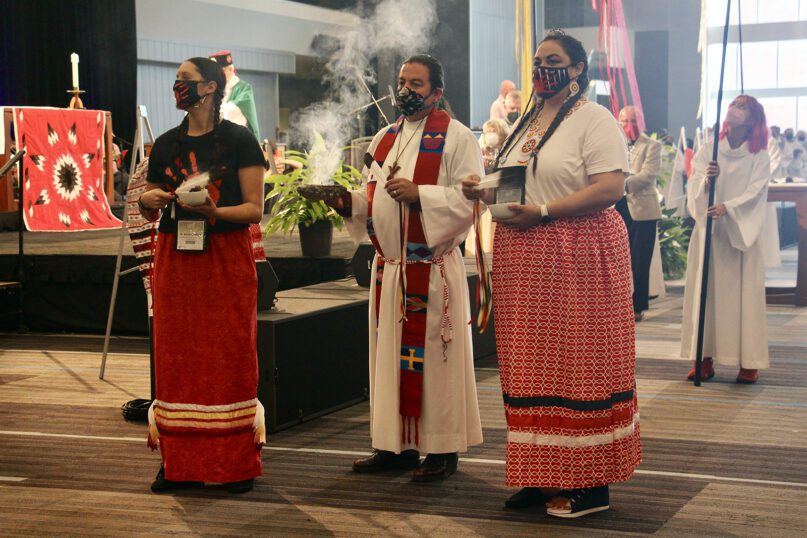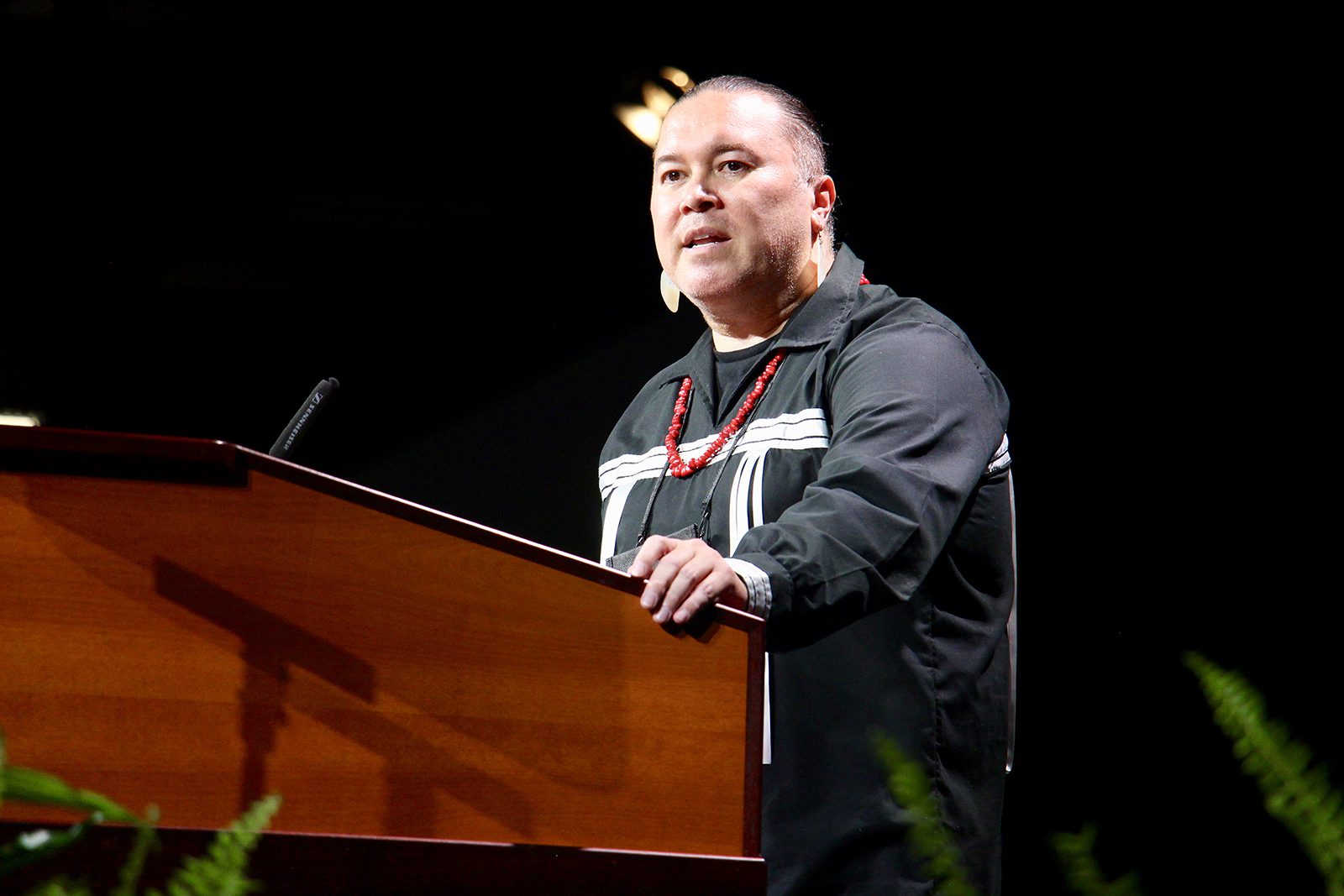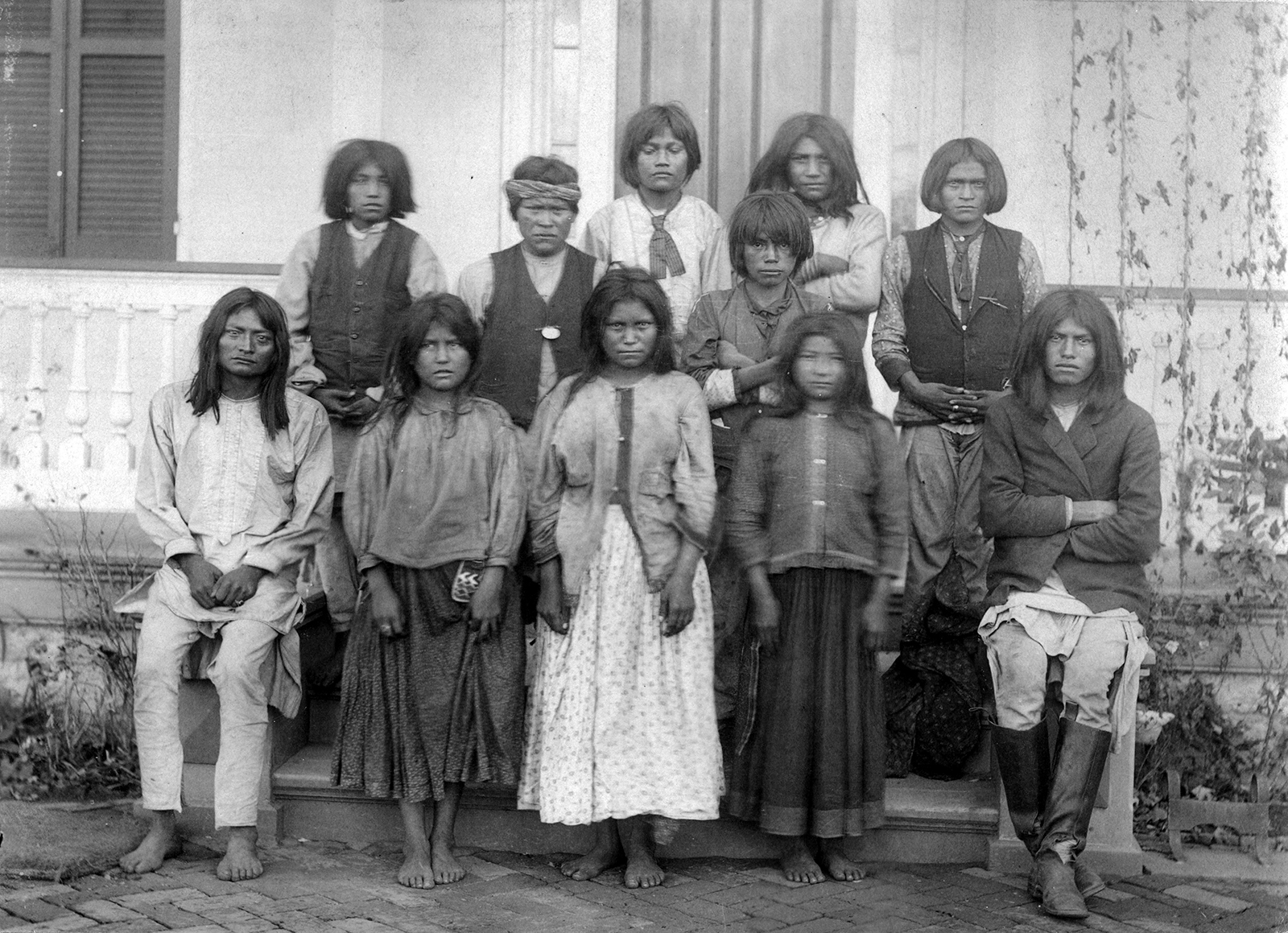Martini Judaism
Why I am saying kaddish for Al Jaffee of Mad magazine
A childhood literary hero has died — the man who taught me the art of snark.
Mad magazine was the haggadah of my childhood.
It was my sacred text, my script and my constant companion — so much so that I cannot imagine my childhood and early adolescence without it.
That is why these past few days have been sad for me, and for so many others.
Al Jaffee, perhaps the last of the creators of Mad, has died at the biblical age of 102. In 2016, Guinness World Records recognized him for having had the longest career as a comic artist.
Let me go through that haggadah — that “sacred” script — of my childhood.
I lived for Mad.
Every month:
- “Spy vs. Spy” was a playful, silent introduction to the Cold War (along with Boris and Natasha from “Rocky and Bullwinkle”).
- Dave Berg’s “Lighter Side of…” introduced me to the small absurdities of life (and when his daughter attended my college, and I met him on the first day of the fall semester, it was one of the most memorable days of my youth).
- Don Martin’s cartoons. Yes, they were, in their own way, a little sadistic. But, as a 10-year-old, what did I know about sadism and borderline-inappropriate humor? They were hysterical.
Then, of course, there were the satires on movies and television shows. Those satires would introduce me to the art of satire and parody, which is a love I have maintained for my entire life.
Some of those satires became famous.
Who can forget “Antenna On The Roof,” which updated “Fiddler on the Roof”? It was more than a satire; it was a piece of American Jewish social commentary. It suggested the shtetl world of “Fiddler” had morphed into a world of bourgeois acceptability (and if you were paying attention, you could see an homage to that satire in the Coen Brothers’ “A Serious Man,” with Larry on the roof, fixing the antenna).
But today, we mourn Al Jaffee, who was responsible for two of Mad’s most iconic features.
First, the fold-in of the back cover. This was Jaffee’s sardonic response to “Playboy” magazine’s fold-out in the center of the magazine.
To quote The New York Times:
It was in 1964 that Mr. Jaffee created the Mad Fold-In, an illustration-with-text feature on the inside of the magazine’s back cover that seemed at first glance to deliver a straightforward message. When the page was folded in thirds, however, both illustration and text were transformed into something entirely different and unexpected, often with a liberal-leaning or authority-defying message.
For me, and for many others, the fold-in was a monthly experience of subversive origami. For this former 10-year-old, the idea that you could take a picture, fold it and manipulate it, and come up with something entirely new was a monthly artistic revelation.
But, second — and even more important — was “Snappy Answers to Stupid Questions.” For me, this was inspirational.
It was also, in a sense, aspirational. I knew that if I ever responded to stupid questions the way he did, I would get into serious trouble.
Which is why when people ask the 6-foot-4 me, “Did you play basketball?” I have (thus far, pretty much successfully) suppressed the inner response: “No. Did you play miniature golf?”
That is the point. Al Jaffee, and the rest of the Mad artists and writers, created a world of response that we only wished we could emulate.
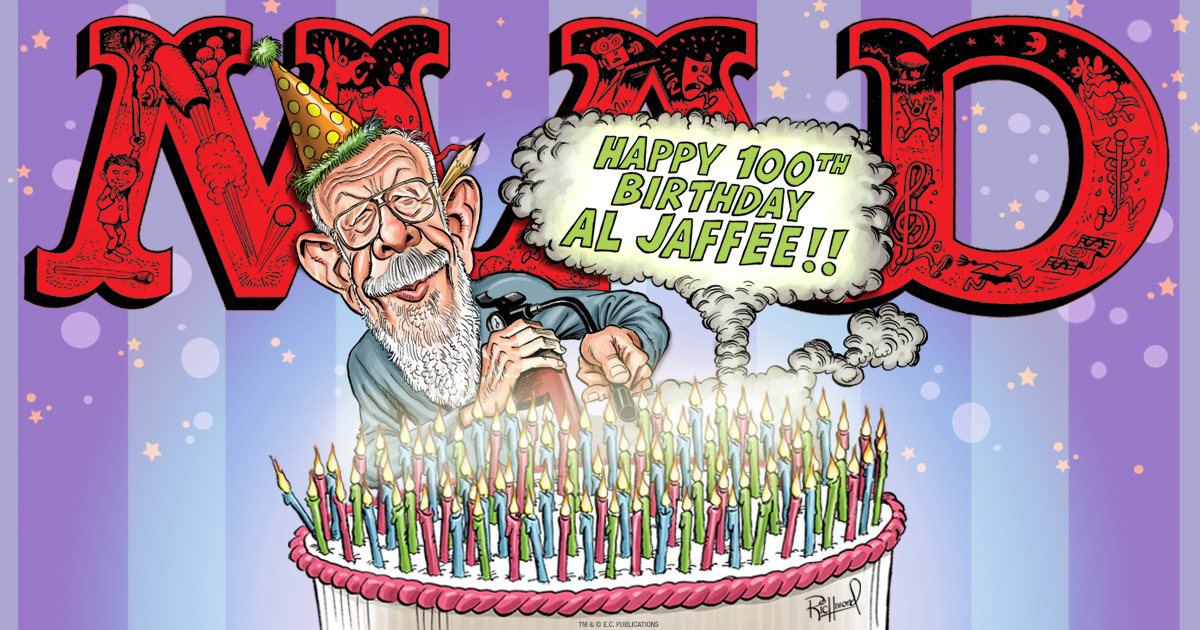
Mad Magazine’s cartoon for Al Jaffee’s 100th birthday in 2021. Image via Mad Magazine
Al Jaffee was deeply Jewish — born in Savannah, Georgia, as Abraham to Lithuanian Jewish parents; his mother actually took him back to the shtetl in Lithuania for what was supposed to have been a brief sojourn, but which turned into years. (How Mad — to do the American Jewish immigrant journey in reverse.)
He faced antisemitism in his career. He reminisced about applying for positions in advertising agencies:
In a lot of firms, there was an unwritten policy that no Jews need apply … You went in and sat down with your portfolio and the message came through clearly: “Look, your work looks pretty good and I wouldn’t mind taking you in, but there’s a policy here. We don’t hire too many Jewish people.”
That was what was amazing about the comic book industry. It was brand new. Jews could forge their own path.
Mad magazine was also deeply Jewish. It was a piece of modern, secular Jewish literature — almost up there with Philip Roth. The list of the members of that fabled “usual gang of idiots” reads like a Jewish accounting firm: Al Feldstein, Harvey Kurtzman (who once drew a caricature of me), Mort Drucker, Will Elder, Dave Berg and, of course, Al Jaffee. (No, no women. This was the era of “Mad Men.”)
Contrast Mad with my second humorous love, the National Lampoon, which I started reading in college.
If you wanted to extend Lenny Bruce’s famous shtick: “Mad magazine was Jewish; the National Lampoon was goyish.”
The National Lampoon emerged from the decidedly gentile and genteel walls of the Harvard Lampoon. Its creators were gentiles — Doug Kenney and Henry Beard. So, it seemed, were many of its writers.
As Thomas Carney wrote:
The “National Lampoon” was the first full-blown appearance of non-Jewish humor in years —not anti-Semitic, just non-Jewish. Its roots were W.A.S.P. and Irish Catholic … This was not Jewish street-smart humor as a defense mechanism; this was slash-and-burn stuff that alternated in pitch but moved very much on the offensive. It was always disrespect everything, mostly yourself, a sort of reverse deism.
Mad was not that way. It did not snarl. It soothed. It told you life could be funny, but it did so in a way that was rarely cruel. It was the gentle, knowing joking of your uncle — not the elitist prank of the frat boy.
At this moment, I flash back to a personal memory.
It is of a photograph.
Decades ago, I was visiting my sons at summer camp. I picked up a copy of Mad magazine that belonged to one of them. I also grabbed a Hebrew Bible that seemed to be lying around.
The photo is of me in a chair, reading Mad, with the Hebrew Bible peeking out from behind it.
Yes, that was me.
Mad magazine, but with the Hebrew Bible behind it.
The sacred text of my childhood and the sacred text of my adulthood.
So, in saying kaddish for Al Jaffee, let me acknowledge my debt to him. The fold-in showed me that creativity could be disruptive, and vice versa. “Snappy Answers” gave me an attitude toward the absurdities of everyday life.
But, more than that. I go back to my childhood memories and honor this fact: Mad magazine made life bearable for so many nerdy kids.
Like me.
So, Al, when you get to heaven, God will ask you questions. The Talmud even lists them for us.
Those questions won’t be stupid.
Just do yourself a favor.
Don’t — I repeat, don’t — give any snappy answers.

